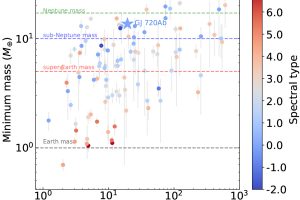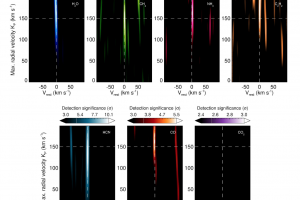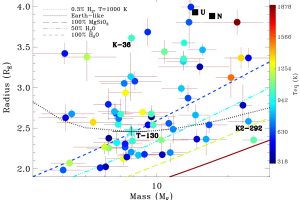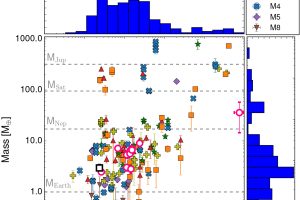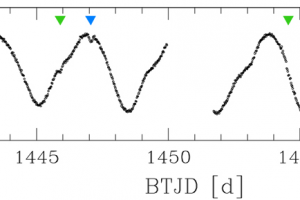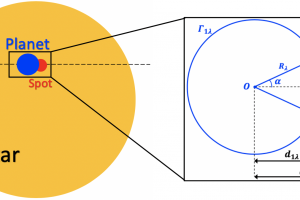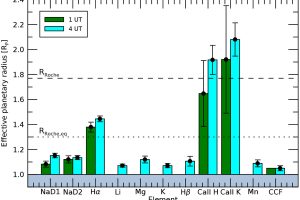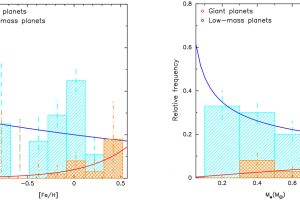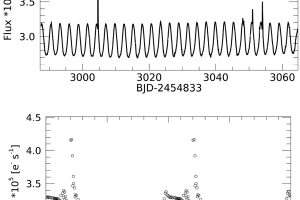A young and low-density planet for DS Tucanae A. The study: “Constraints on the mass and atmospheric composition and evolution of the low-density young planet DS Tuc A b” of S. Benatti (INAF – OAPa) recently appeared on A&A
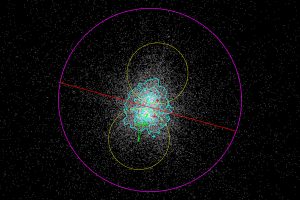
The study of planets orbiting around young stars (younger than 100 million years) can help astronomers understanding the physical processes setting the early evolution of planetary systems. However, young stars are typically characterized by rapid rotation and intense magnetic activity, phenomena which produce photometric and spectroscopic signals that can mimic and confuse those due to the presence of planets. It
» Read more
